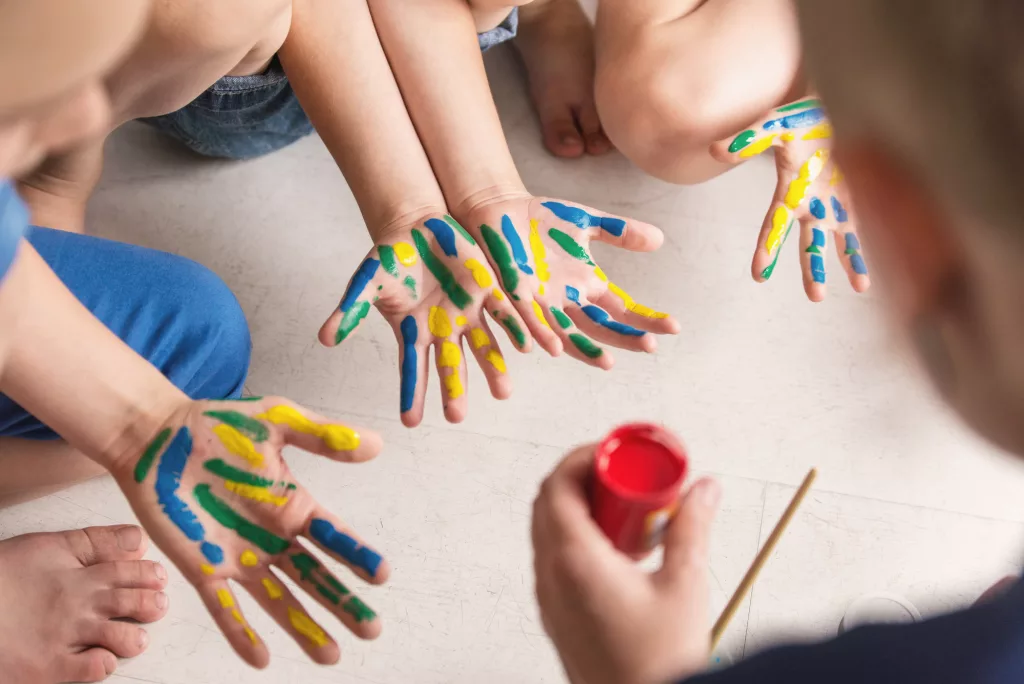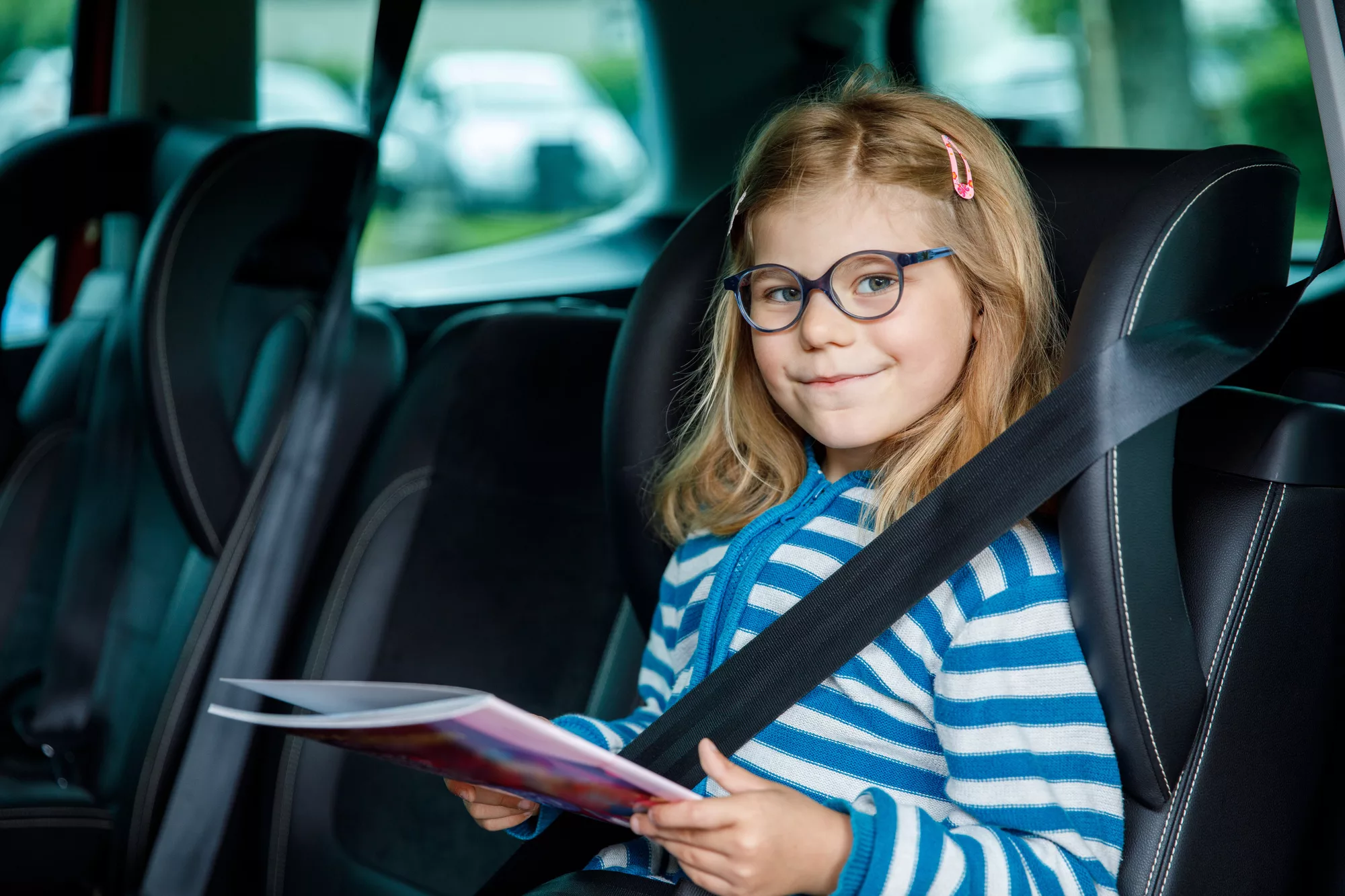Top Learning Techniques For Early Childhood Development

Children are akin to sponges, absorbing information and learning rapidly from their environment. This phase of life is a golden opportunity, pivotal for laying down the bedrock of cognitive, social, and emotional development that’ll serve them in the future.
Parents, caregivers, and educators are pivotal figures in this stage, constantly seeking effective methods to enhance learning and cognitive development. It’s a collective endeavor to nurture an environment where a child learns and thrives. Introducing targeted learning techniques and settings that foster educational and personal growth is instrumental. Each child’s learning path is unique, underscoring the need for diverse strategies.
Read on to explore these essential strategies tailored to stimulate, educate, and nurture the holistic development of every child.
Incorporate Play-Based Learning
Play-based education is integral in early childhood, merging instruction with a child’s innate playfulness. This method promotes an environment where education is both organic and enjoyable.
The following are specific aspects and benefits of play-based learning:
- Hands-on activities: Children engaged in puzzles or block building refine their motor and cognitive skills. These activities encourage problem-solving and creativity as youngsters manipulate objects, exploring shapes, sizes, and spatial relationships.
- Creative arts: Involving children in art, such as drawing or painting, sparks imagination and self-expression. Each stroke of paint or crayon contributes to developing fine motor skills and color recognition and boosts self-esteem as they take pride in their creations.
- Role play: Role play extends beyond mere play; it involves the exploration of social roles and norms. Children adopt various characters, which promote empathy and a better understanding of social dynamics. They learn negotiation, cooperation, and problem-solving skills, essential components of social intelligence.
- Outdoor games: Outdoor games aren’t just for fun—they’re platforms for learning. Children engage in outdoor games and acquire coordination, balance, and teamwork skills. Each game is an opportunity to develop physical skills while instilling concepts of cooperation and leadership.
In a setting reflective of Belmore child education, each playful activity is tailored to be engaging and instructive. Integrating play into learning transforms every active interaction into a dynamic learning moment, nurturing a lifelong affinity for learning.
Nurture Social Skills
Social skills are as vital as academic learning in early childhood development. They play a pivotal role in shaping a child’s ability to interact, communicate, and build relationships with others. Developing these skills sets the foundation for a child’s personal and social growth.
Below are specific strategies to foster these essential skills:
- Arrange playdates: Playdates offer children an environment to interact, communicate, and socialize. These gatherings are not just moments of play but opportunities for children to learn sharing, cooperation, and negotiation, laying the foundations for future interpersonal relationships.
- Engage in group activities: Participating in group activities enhances teamwork and collaboration. Children learn the values of sharing, patience, and listening. Each activity is a step towards building communication skills and understanding the dynamics of social interactions.
- Promote family interactions: Family time is essential for nurturing a child’s social skills. Through family interactions, children learn to express their feelings, understand emotions, and develop initial communication and relationship-building skills that they carry into their broader social interactions.
Fostering social skills is essential for a child’s social adaptability, community engagement, and overall well-being. Early investment in this area significantly influences a child’s success in various social settings.
Foster A Love For Reading

In today’s era, technology in education has also become a powerful ally, offering interactive e-books and digital resources that make reading even more engaging for young minds. A child who embraces reading is equipped with a tool that fosters academic excellence and enriches personal and intellectual growth.
Here are methods to cultivate a reading culture:
- Interactive reading sessions: Participatory reading sessions aren’t just about listening to words but actively engaging with them. Children can be encouraged to ask questions, express thoughts, and make predictions. This interaction enhances comprehension and analytical skills, turning each reading session into an active, dynamic learning experience.
- Diverse book collection: Offering books from various genres and topics feeds a child’s curiosity and interests. Whether fantasy, science, or nature, each book introduces new concepts, words, and worlds, enriching their vocabulary and knowledge base.
- Family reading time: Making reading a family activity can foster a positive association with books. Children observe, learn, and are likely to mimic the reading habits of adults and older siblings, establishing a lifelong reading routine.
Fostering a love for reading is a gift that keeps giving. It improves academics, nurtures imagination, promotes empathy, and offers a lifelong source of knowledge and entertainment.
Encourage Exploration And Curiosity
A child’s inquisitiveness is a natural resource that drives learning and discovery. Encouraging exploration and curiosity is pivotal to stimulating a child’s intellect and awareness of the world. This nurturing environment becomes a space of endless opportunities for learning and development.
Below are some approaches to nurturing these innate traits:
- Create safe spaces for exploration: Safe environments where children can explore without constant restrictions are crucial. Places with age-appropriate materials encourage uninhibited exploration, where learning is self-driven and natural.
- Encourage questions: Children’s questions are stepping stones to learning. Each query should be welcomed, answered appropriately, or explored together if the answer isn’t unknown. This approach supports critical thinking and a quest for knowledge.
Encouraging exploration and curiosity is crucial for well-rounded child development. It helps cultivate inquisitive minds that ask questions, seek solutions, and embrace a lifetime of learning and innovation. This practice shapes critical thinkers, innovators, and lifelong learners.
Conclusion
By incorporating these diverse learning techniques, children become well-rounded, capable, and ready for future learning. The blend of play, social development, reading, exploration, and curiosity nurtures an informed and imaginative young mind. Prioritize these essential aspects to enhance a child’s developmental journey, unlocking their full potential and creating a future filled with endless possibilities. Make these strategies a consistent part of their upbringing and witness the transformative impact on their holistic development.







